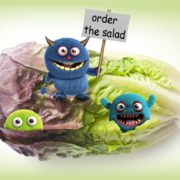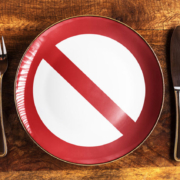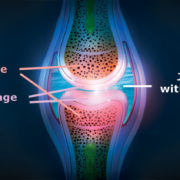The Most Likely Culprit: Salmonella
Food poisoning happens more often than we think it does. Most often, we throw up once or have a single bout of diarrhea with no fever and no fatigue and it’s over. The question is how we know which type of bacteria was at fault. There’s no way to know for certain unless stool samples are tested, and that only happens if the case is severe enough that a person requires hospitalization. While I can’t be certain, my best guess is that Paula and I encountered salmonella, the most common form of food poisoning.
I base that on the length of time from the onset of symptoms and the type of symptoms. Salmonella may or may not cause a fever, but it can cause vomiting and diarrhea. The Centers for Disease Control estimate that 1.2 million people get salmonella infections per year but as I suggested, it could be much higher; only 23,000 people per year are hospitalized with food poisoning. Most people get over salmonella within a few days with no lasting effects.
How do you know when to seek medical assistance? When the symptoms are very severe and last longer than is reasonable: 36–48 hours would be my guess. An inability to keep anything down or severe diarrhea can cause dehydration and that’s definitely not good. Children under five and people over 65 are the most at risk for hospitalizations because their immune systems are most likely to be compromised and dehydration is a greater risk.
What should you do if you suspect food poisoning? I’ll let you know on Saturday.
What are you prepared to do today?









